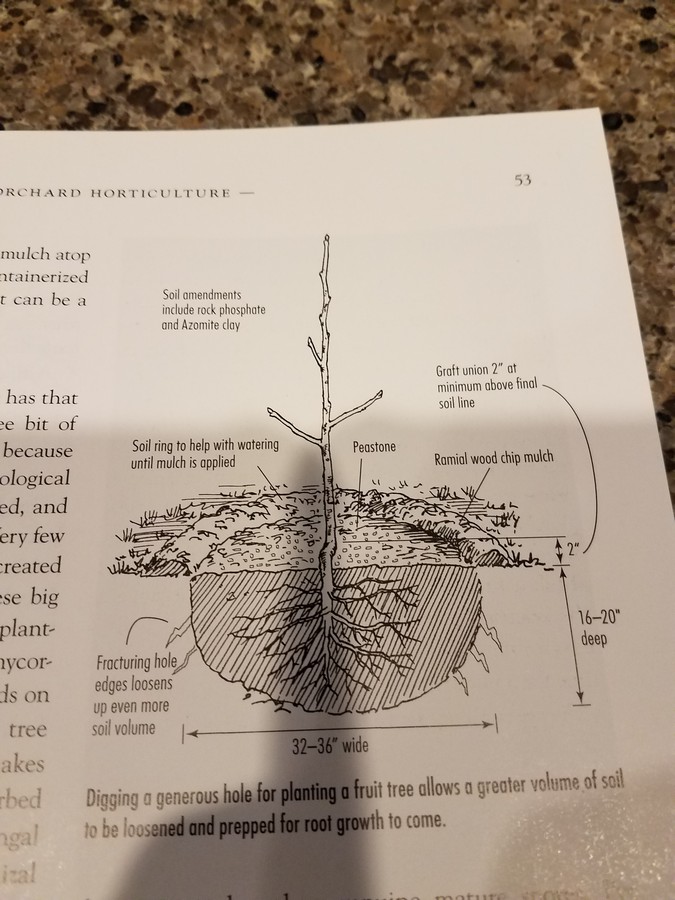+1 for the bait. It does a very good job here. As mentioned earlier in the thread, we don’t get vole activity if the trees are heavily mulched, but in areas where there is little or no mulch, there can be lots of voles. Sometimes so many they make Swiss cheese out of the ground.
I’ve found baiting does an excellent job controlling voles in the orchard. I happen to use a Restricted product in the winter when voles are a problem, but there are non-Restricted vole baits out there.
Colorado State recommends baits with warfarin or bromadilone, but I suspect any other anti-coagulant bait would work. I’ve used Rozol (Restricted Use) before with the anti-coagulant chlorophacinone, which worked.
Tomcat bait chunx has a different anti-coagulant, but is approved for vole use. It requires use of a tamper proof bait station when used.
Some people don’t feel comfortable using poison baits for fear of potential non-target poisonings of children or other animals. Not trying to change anyone’s mind on that, just mentioning another option.
Voles are very easy to spot here. Their runs are easy to spot, as well as their holes. Just because you see a hole, doesn’t mean it’s a vole. Could be a crawdad or a chipmunk hole. Even some snakes make holes. I wouldn’t use any control until I saw evidence of voles. If you have enough owls, hawks, or stray cats, you may not ever have a problem with voles. Also if you are in a suburban neighborhood, you may never have a problem. Unlike moles, voles tend to like environments removed from people.
I’d wait and see before I did anything about voles. Not wait for damage, but wait to see if you see evidence of them. There are plenty of other potential pests you will be fighting in your new orchard (squirrels, deer, borers, OFM, PC, etc.) so no reason to start planning for pests which may never show up.
Again I’ve found a thick pack of wood chips a repellent of voles vs. an attractant. I generally get about 60 loads of wood chips a year (last year I only got 20). I wish you could walk down through the isles with me and I could show you how the mulch collapses. It’s impossible for the voles to build an entrance or tunnels which don’t collapse. It’s the exact same principle as the pea gravel you are considering around your trees. In areas of the orchard where there is little or no mulch, I sometimes get underground vole cities.

